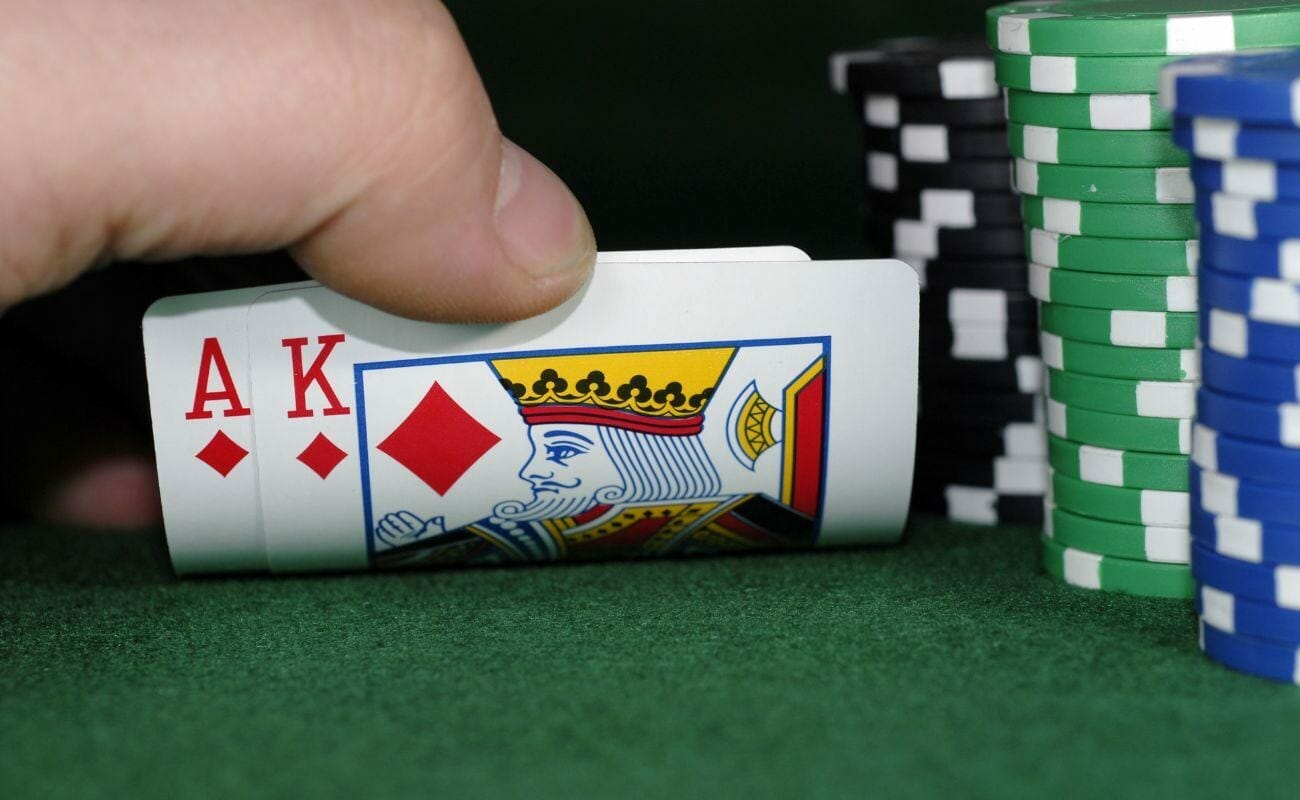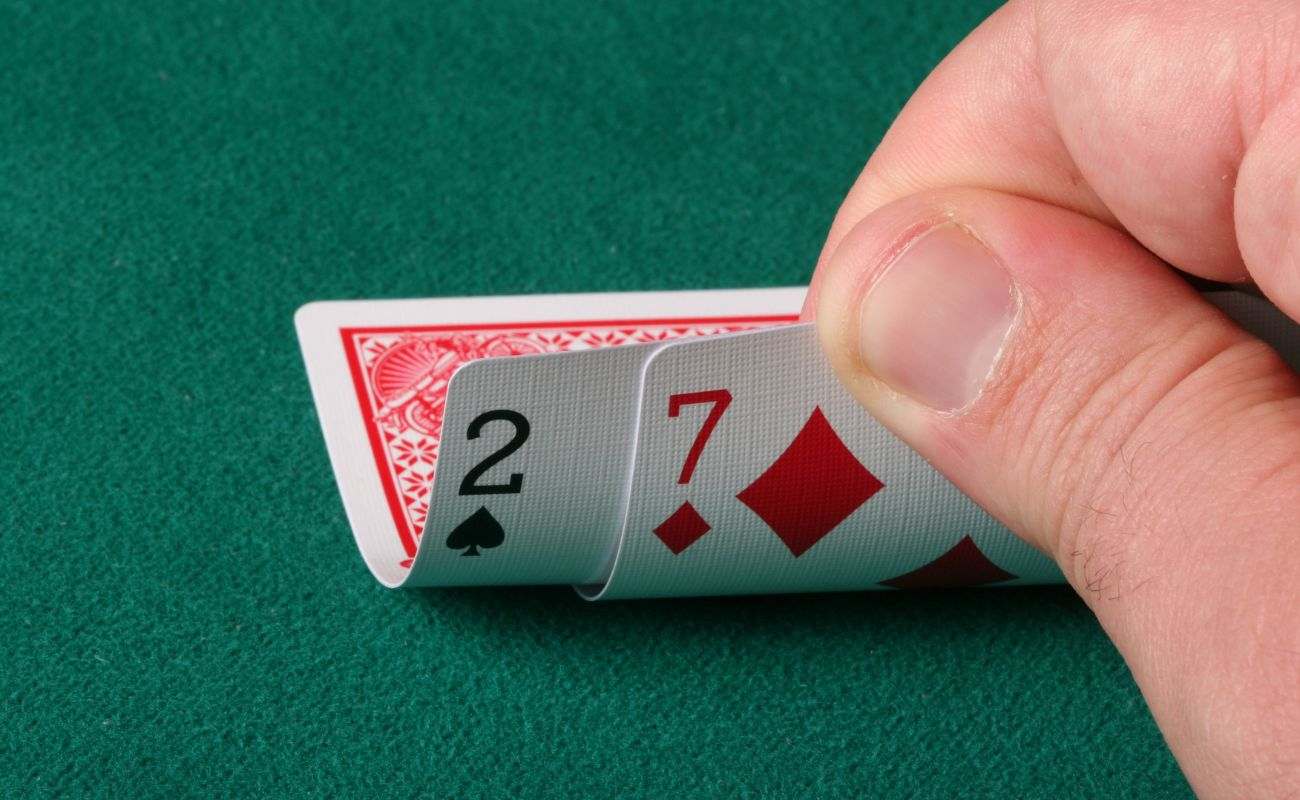
Once you have a solid understanding of Texas Hold’em poker rules, it’s time to move on to more intermediate knowledge like combos and blockers. This skill is all about understanding the odds and reading your opponents when you play poker online or even at a live casino or with your friends.
It’s not just about the cards you have; it’s about predicting what others might be holding, too, even before the flop. These concepts help you strategize, bluff and make smarter moves whether you’re sitting at a table or playing live dealer casino games.
Take a look at what combos and blockers are, how to calculate them and how to use them preflop and postflop.
What Are Poker Combos and Blockers?
It doesn’t matter whether you’re a regular at online poker tournaments or play cash games on your favorite online poker site, you have to know what poker combos and blockers are to become a great poker player.
Knowing the possible combos allows you to assess the strength of your hand and the range of hands your opponents might have. It helps you gauge the probability of your hand improving and make informed decisions about betting, calling or folding. And once you understand the principles and formulae, just like with math, practice makes perfect.
What Is a Combo?
A combo refers to a specific combination of hole cards and community cards that can form a particular hand.
What Is a Blocker?
Blockers are cards that reduce the likelihood of your opponents having certain hands. For instance, if you hold the ace of hearts and the king of hearts, you block your opponents from having the best possible flush with the ace and king of hearts.
This reduces the range of hands they can potentially hold and gives you an edge in decision-making.
How To Calculate Combos and Blockers

Calculating combos requires some math. Nothing complicated but basic arithmetic and the ability to count and memorize are definitely needed. The best way to understand combo calculations is through examples. Here are a few examples to get you going.
Example 1: Pocket Pairs
Assuming you’re up against a straightforward opponent who 3-bets preflop, their range likely consists of ace-ace, king-king, queen-queen and ace-king. To determine the number of combos, you use the following formulas:
For paired hands, the formula is C = (A(A-1))/2, where C represents the number of combos and A is the total number of that card type. In this scenario, C = (4*3)/2, resulting in six combos each for ace-ace, king-king and queen-queen, making a total of 18 pocket pairs.
For ace-king, the formula is C = A*B, where A is the first card and B is the second card. Hence, C = 4*4, giving us 16 combos of AK.
As a result, your opponent’s range comprises 34 combos in total, with approximately half of them being pocket pairs.
If you then include blockers, the calculations look a little different.
Using the above example, if you have an ace, it eliminates that particular combo from your opponent’s range.
If you hold ace-10, the formula for pocket aces becomes C = (3*2)/2, resulting in three combos. By holding the ace blocker, you halve the total number of pocket ace combos and significantly reduce the likelihood of your opponent having that hand. This concept is known as “blocking aces.”
If you hold ace-king, the formula is C = 3*4, which results in 12 combos. This means you have removed four combos of ace-king
Taking it all into account, your opponent now has 15 combos of pocket pairs and 12 combos of AK, resulting in a total of 27 combinations.
Example 2: King and Queen of Diamonds
When you hold the king and queen of diamonds for instance, certain combinations of hands like ace-king, king-king and queen-10 are naturally blocked due to the overlap between your hole cards and those starting hands.
However, hands like ace-ace, 5-5 and 10-9 are not affected by the king and queen of diamonds combo.
Analyze how your king and queen of diamonds combo impacts these preflop combos:
Combos of king-king: 3
Combos of ace-king: 12
Combos of queen-10: 3
Your king of diamonds reduces the possible combos of king-king from six to three, as the three combos, including the king of diamonds, are no longer possible. For ace-king, the 16 possible combos decrease to 12, considering the remaining four unseen aces and three unseen kings. Among these 12 combos, three are suited and the remaining nine are unsuited.
As for queen-10, the four starting combinations are reduced to three because the combo of the queen of diamonds and 10 of diamonds is not possible. This leaves the queen of hearts and 10 of hearts, the queen of spades and the 10 of spades and queen of clubs and the 10 of clubs as the remaining potential combos.
How Many Preflop Combos Are There?
In Texas Hold’em, each player is dealt two hole cards at the start of each hand. Based on every suited and off-suit pair available in a 52 card deck there are 169 starting hands.
If you then select every hand for each suit and card value, there are 1,326 poker combinations that each player can receive preflop. Once you have your two hole cards, the number of preflop combinations drops to 1,225.
This can also be represented in the following table:
| Hand | Number of combos |
| Unpaired | 16 |
| Offsuit unpaired | 12 |
| Pocket pair | 6 |
| Suited unpaired | 4 |
Postflop Combos and Blockers

Combos and blockers can make a difference both before and after the flop. Before the flop, the only blockers you need to consider are your own two hole cards because they’re the only cards you can see.
Without Blockers
After the flop, you not only have your hole cards but also all the cards that are face-up on the board.
If there are no blockers in play, the combinations you had before the flop stay the same. So, if you’re holding four and five of diamonds and the community cards are the king and eight of spades and the seven of hearts, then your opponent’s combos of hands like 2-2, jack-10 or the ace and queen of spades aren’t being blocked by any of the cards on the table.
So, to break it down, you still have six combos of 2-2, 16 combos of jack-10 and one combo of the ace and queen of spades.
With Blockers
When blockers come into play, there are two handy rules you can use to count specific combos in poker. These rules make it easier to assess the strength of your hands and make better decisions at the table.
Rule 1: Pocket Pairs
This rule focuses on pocket pairs, those magical moments when you’re dealt two cards of the same rank. You want to figure out how many combos of sets (three of a kind,) full houses and quads (four of a kind) a player can potentially make. By considering the blockers you have, you can determine the likelihood of your opponents holding certain strong hands involving your pocket pair.
Rule 2: Unpaired Starting Hands
Now, turn your attention to unpaired starting hands. These are the hands where your two cards have different ranks. The second rule helps us calculate the number of combos for hands like one pair, two pair, trips (three of a kind,) flush draws and more. By taking into account the blockers you hold, you can narrow down the range of hands your opponents might have and make more accurate assessments.
By following these simple rules, you can gain valuable insights into the potential strength of different hands and make smarter moves during the game.
Rule 3: Combo Sets
When it comes to counting combos of sets with pocket pairs, there’s a nifty rule you can follow: the rule of six, three, one, zero (6,3,1,0.) To elaborate:
- If there are no blockers, meaning none of the cards that could complete a set are visible on the board, you have a total of six possible combos for that pocket pair.
- When there’s one blocker, such as one of the cards that could complete a set being visible on the board, the number of possible combos reduces to three.
- If there are two blockers, leaving only one card that could complete a set, you’re down to just one possible combo.
- Finally, if all three blockers are present on the board, it’s impossible for your opponents to have that particular pocket pair. The number of combos drops to zero.
For example, suppose the board shows the 9 spades, 9 clubs, 7 hearts and 6 clubs. In this scenario, there are six combos of pocket aces (ace-ace,) three combos of pocket 7s (7-7) and one combo of quads (9-9.) However, if you happen to hold 9 and 8 of hearts, seeing the three 9s on the board makes it impossible for your opponent to have pocket 9s (9-9.)
Don’t Flop with Borgata Online
Understanding how to play Texas Hold’em and the many ways counting combos and blockers can improve your poker game takes study, execution and practice. This introduction, brought to you by Borgata Online, is sure to set you on the path to playing online poker for real money and even get you confidently playing high-stakes poker.
Register with Borgata Online to play poker online games as well as a vast array of your other favorite online casino games like bingo, online slots and even other casino table games like online roulette, blackjack and baccarat. And if you want to learn more about casino games and gambling, such as why some people are naturally good at poker or the top poker scandals of all time, be sure to check out the blog.